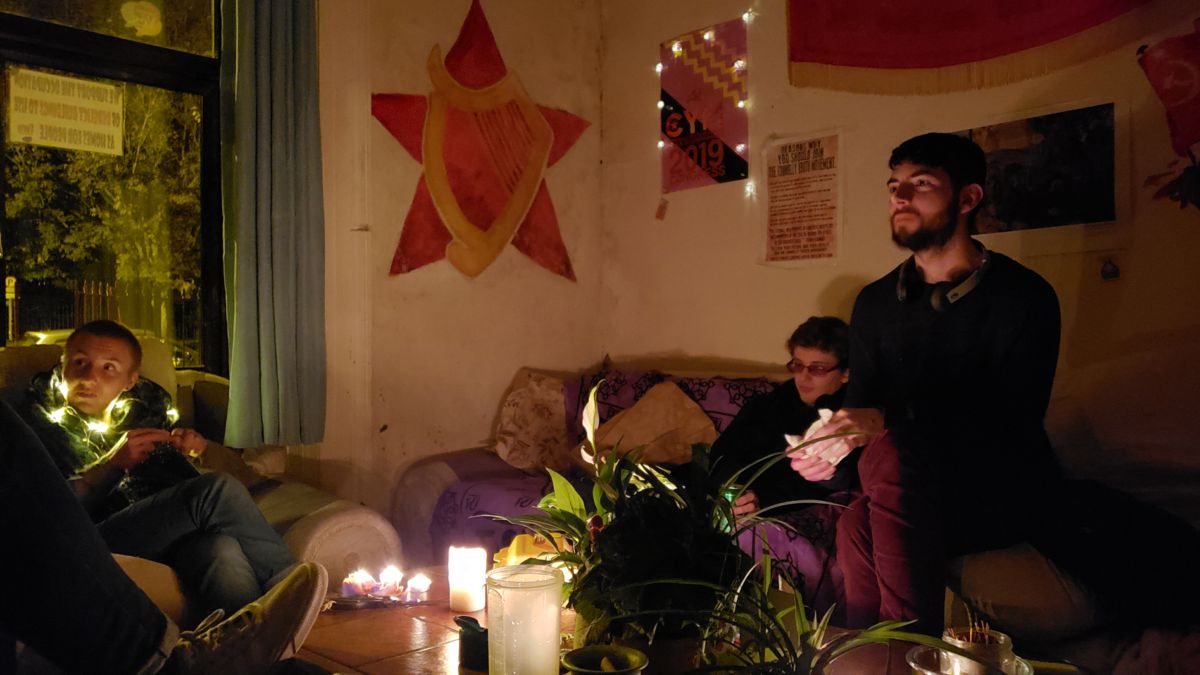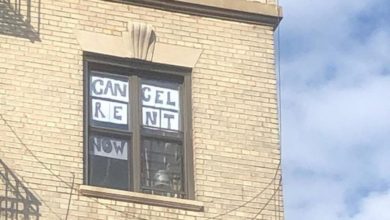At approximately 10:45 p.m. on Feb. 9, residents of the
neighborhood near North 13th Street in Allentown, Pa., heard a loud bang. A gas
main running under a row of brick houses had exploded, leveling two homes and
leaving six unsalvageable.
By the time the gas was shut off at 3:45 in the morning,
five people between the ages of four months to more than 70 years had lost
their lives. The pipes in the area had been inspected just 24 hours earlier on
a routine survey by crews from UGI Corporation. While at this point no
conclusion has been reached as to the exact “cause” of the explosion, stories
similar to that of Allentown have been taking place all across the country.
September 2010 saw the explosion of a natural gas
transmission line in San Bruno, Calif., where flames shot more than 100 feet
into the air, made an enormous crater in the middle of the street, destroyed 38
homes and left eight people dead. Just last month, the Tacony neighborhood in
Philadelphia experienced an explosion with a 50-foot fireball that killed a
19-year-old utility worker. He had gone to inspect the area because of a
complaint that neighbors could smell gas.
Three weeks earlier, in late December, a gas main exploded
under a furniture store in Wayne, Mich., killing two. Around the same time,
there were explosions in Cinnaminson, N.J., due to a gas leak and the bursting
of several gas lines under a farm in Dungannon, W.Va. Just 24 hours after the
disaster in Allentown, a 36-inch natural gas transmission line blew in
Hanoverton, Ohio.
Justifiably, neighborhoods across the country have begun
worrying about the natural gas pipelines that run under their communities.
According to CBS news, 51.6 percent of homes, or approximately 57 million
residences, are heated by natural gas in the United States. Pipeline blasts
have been responsible for more than 60 deaths and 240 injuries over the last
six years.
In the United States, there are approximately 2.5 million
miles of natural gas pipelines. (As a size comparison, there are 47,000 miles
of interstate freeways zigzagging the country.) The majority of the pipelines
were installed in the 1950s, but thousands of those miles are composed of pipe
laid in the 1920s, like the one that burst in Allentown. Not only are these
pipelines grossly surpassing their “life expectancy” of 40 years, but many are
further deteriorated due to freezing/thawing cycles of the weather.
A closer look at the roles of the industry and federal
government reveals a disturbing story. The 2010 budget for the pipeline
inspection department of the Pipeline and Hazardous Materials Safety
Administration was $105 million. Approximately 100 inspectors are employed to
conduct the mandatory inspection of natural gas pipelines.
Federal law only requires the inspection of those pipes
that run near areas of natural resources, such as rivers, and near populated
areas. Only 7 percent of pipelines fall into this category, and the majority of
inspections fall under the responsibility of the companies maintaining them.
Communities like those in San Bruno have seen what happens
when corporations are left to check the safety of their own pipes. PG & E,
the owner of the burst pipeline in San Bruno, Calif., was never required to
turn in a copy of their disaster plan because it would “breach the
confidentiality” of their customers.
State audits have shown that PG & E has been putting
off inspections that could detect flaws and defects in several of their
pipelines that run through northern California. And after months of
investigation, the cause of the San Bruno explosion has been found: poor
welding of the pipes.
The trend of natural gas pipeline explosions will continue
across the country as long as corporations are allowed to delay inspections and
argue that replacing or repairing pipes is too “expensive.” Under the
capitalist system, people are expected to trust the gas companies and to accept
that death and destruction from a burst line is just a fact of life. It will
not be until the overthrow of the system driven by profit that we can expect
the safety of people to come first.





